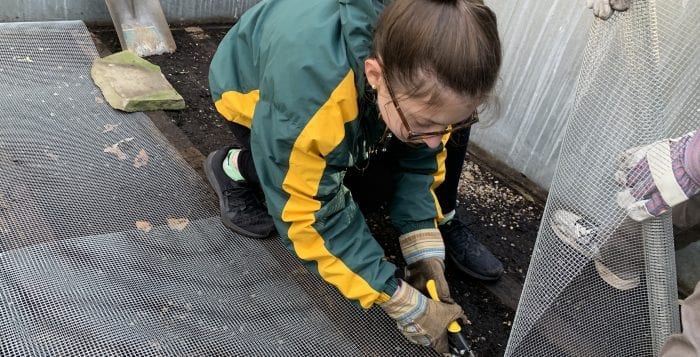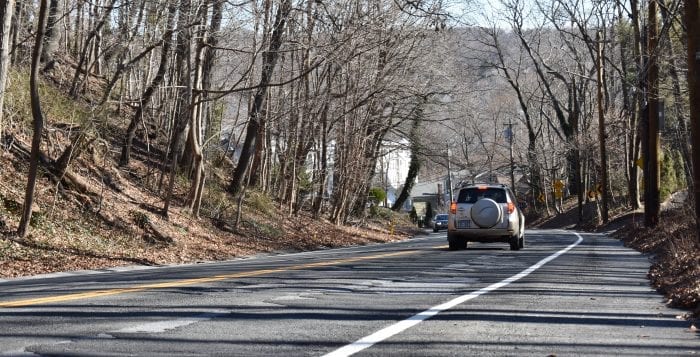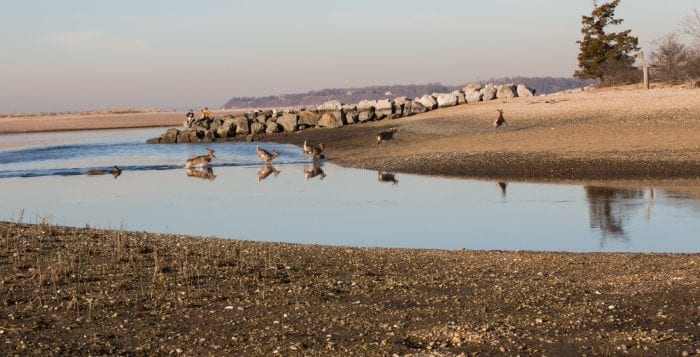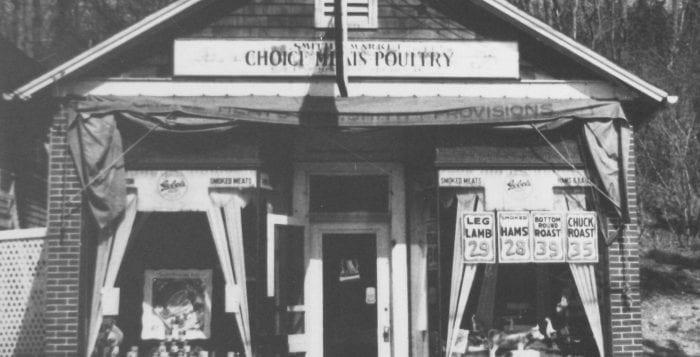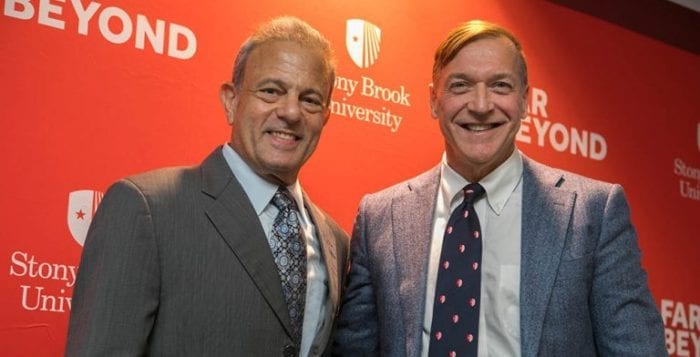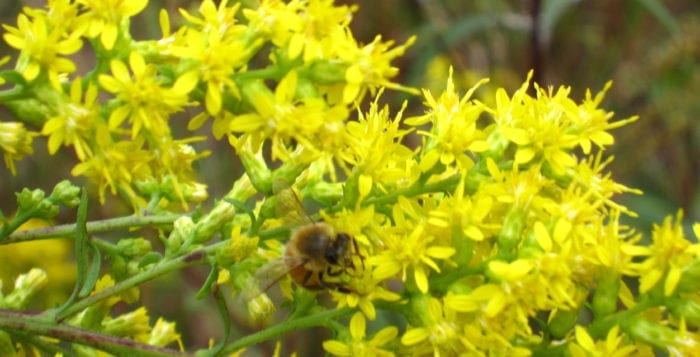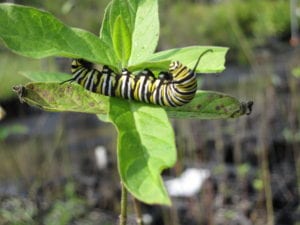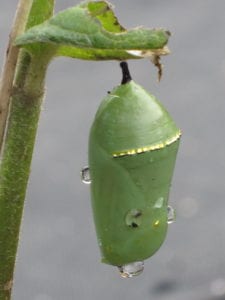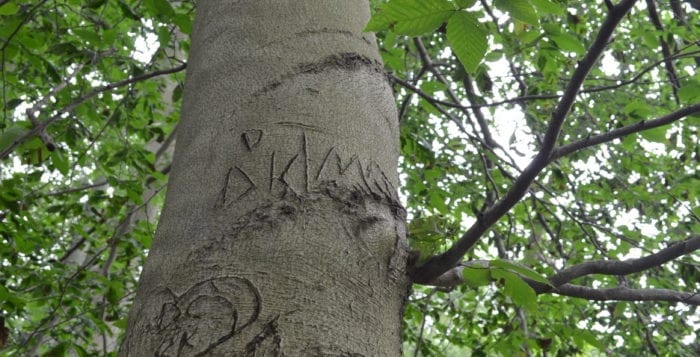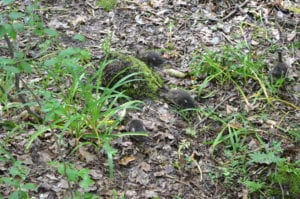When choosing a project for her Gold Award, one Stony Brook Girl Scout drew on her love for animals.
Hailey Van Cott, a junior at Ward Melville High School and a Girl Scout since kindergarten, recently began repairing the prey pen within the flight aviary at Sweetbriar Nature Center in Smithtown as part of her Gold Award project. A visitor to the center for years, she knew the location was the right choice.
“I really love what Sweetbriar stands for and I knew I wanted to help them out for my Gold Award,” she said.
To help with her project, PSEG Long Island awarded the Girl Scout $200. She said she plans to use the money to put down Astroturf around the sides of the prey enclosure, which helps the birds grip as it’s a softer texture than a piece of wood and in turn prevents foot problems.
PSEG representatives said the project is in line with their goal to relocate osprey and other raptor nests from electrical facilities to safe nesting locations.
“I really love what Sweetbriar stands for and I knew I wanted to help them out for my Gold Award.”
– Hailey Van Cott
“We want to help ensure these wonderful birds continue to return to the area year after year while, at the same time, protecting the reliability of the energy grid,” said John O’Connell, PSEG Long Island’s vice president of transmission and distribution. “Hailey’s project aligns with our commitment to protecting the local raptor population.”
Her mother, Deb, said she wasn’t surprised when her daughter chose to help out at Sweetbriar.
“She’s always liked to help animals,” the mother said. “She’s definitely a big animal person. She’s also always liked to do community service.”
Her mother said with Girl Scout Troop 2867, her daughter has helped Smithtown Animal Shelter by making dog toys and conducting supply drives for them. Outside of Girl Scouts, Van Cott has made memory wire bracelets and sold them at her father’s office and donated the money to Save-A-Pet Animal Shelter in Port Jeff Station.
Isabel Fernandes, a wildlife care coordinator at Sweetbriar, said Van Cott has done an amazing job repairing the prey bin, and Sweetbriar is always appreciative for the help they get from Scouts.
“We are a small staff so it’s important that we have people who can help us and get projects and other things done here,” Fernandes said.
The coordinator explained that the pen is enclosed in the 80-foot flight conditioning enclosure aviary, which is used for wildlife rehabilitation to help injured birds fly again and exercise their muscles before they can be released. The center prey pen ensures the birds maintain their hunting skills.
Fernandes said there is currently a great horned owl in the aviary that was removed when Van Cott was working on the enclosure, as it’s important to keep human contact as limited as possible — something she has now learned through experience.
“The more interaction with humans they have, the more adjusted they will become,” the Girl Scout said. “They need to learn how to capture the prey themselves and how to survive on their own.”
As part of her Gold Award project, in addition to working with her family on the enclosure, she will talk to younger Girl Scouts about the project, Van Cott said, as well as educate them about the importance of animal rehabilitation and how birds of prey control the rodent population.
“Every animal has its part in the ecosystem,” she said. “I’ve always loved big birds. I’ve always loved seeing them out in the wild just looking up and seeing a hawk every now and then.”

